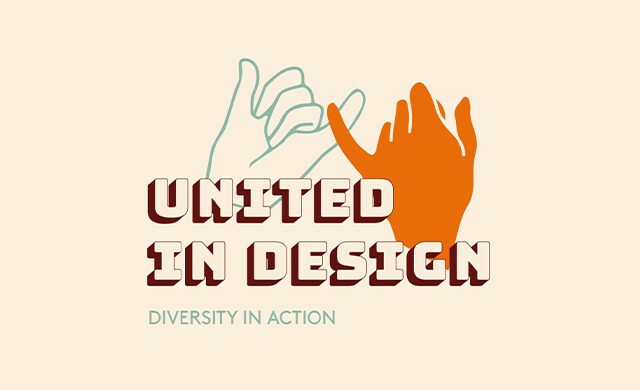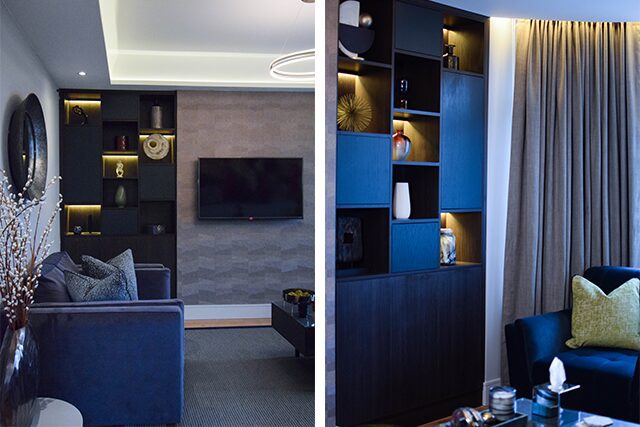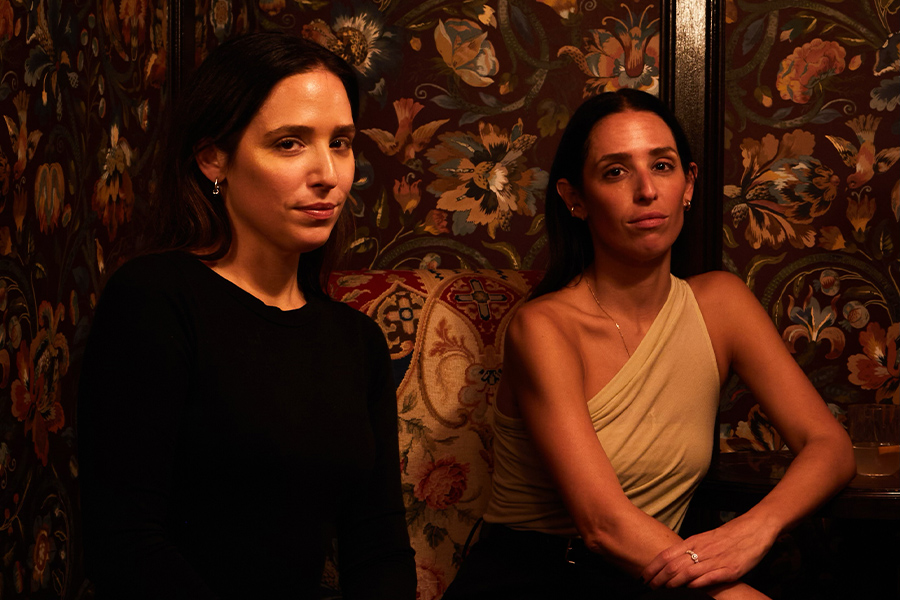Earlier this month, London-based designers Sophie Ashby of Studio Ashby and Alexandria Dauley of Dauley Design announced the debut of United in Design, a new initiative aimed at addressing the lack of diversity within the interior design industry in the UK and beyond. Recently, HD caught up with the two women about their career paths, what led them to collaborate on this important cause, and what’s in the pipeline.
How did you get your start?
Sophie Ashby: As is the case with so many designers, I moved a lot growing up. With a South African mother and a British father, my childhood was spent living for stints in London, Stellenbosch, South Africa, and Devon, England. With 14 or so moves, I got used to unpacking and rearranging my bedroom. I’ve always loved houses and am fascinated by how people live, what they surround themselves with, and what makes a place a home. I was very lucky to get an apprenticeship with Victoria Fairfax, where I worked on some special projects—I credit her with my understanding of color and sense of proportion. Studio Ashby was born as soon as I got my first private client, and I was lucky that within a couple of weeks, one client quickly became three and things have continued to grow steadily from there. I started my business working at cafés from a laptop, with no savings or investment.
Alexandria Dauley: My love of interior design started when I moved from Wales to London at the age of 19, and I began working in the property industry as a relocation agent and property finder. I was fascinated by the wide range of property styles, architecture, and the way interiors influenced how you live and feel within your home. Having renovated my own homes—and once my daughters were a little older—I decided to follow my passion. I studied at KLC School of Design in London and then set up my practice Dauley Design. I now work on wonderful residential projects in Surrey and South London for great clients.

The Studio Ashby-designed Robertson Small Hotel in South Africa; photo by Mickey Hoyle
Why did you decide to launch United in Design now?
AD: As a Black interior designer, I am very aware that the industry is not diverse. There are many stories of designers from ethnic minority backgrounds having negative experiences trying to access the industry and that needed to change. I was inspired by my own positive personal experiences of outreach programs and mentoring, and I knew that incorporating those initiatives, amongst others, could make a difference. The name signifies what we would like to see happen in the world, not just in interior design: unity. People of all races, colors, creeds, and genders need to join forces and work together to create unity.
SA: On #blackouttuesday, in light of the murder of George Floyd and the #BLM protests, I, like millions of others, put up a black square on our @studioashby Instagram feed. I took the implied intention of that day very seriously and vowed to myself to do much more than just post the square. I took the day off from work and tried to really give the complexities of the problem thought, while also considering my own position in all of this. A few days later, I put out a statement acknowledging my own failures with regards to running a diverse company and acknowledged some glaring issues within my industry. The response I received was overwhelming. I spoke to at least 20 people on Zoom over the course of the following week, mainly Black designers and students, who had a story to tell. I heard some very real and desperately sad stories, and received extraordinarily heartfelt and open responses that I felt motivated and compelled to figure out how I could help.
AD: My passion for United in Design was ultimately fueled by firsthand experience of this reality, which is why having trained and tutored at KLC School of Design, I began outreach to leading industry figures to specifically promote the benefits of addressing the inequality.
How did you meet? What ultimately led you to join forces?
SA: Alex and I discovered quite quickly that we were having the same conversations, thoughts, and ideas, and we were independently beginning to [conceive] some kind of initiative to tackle the lack of diversity in the interior design industry. Alex was very focused on school outreach, in particular, and I was interested in the idea of asking businesses to take a pledge to do more—a roadmap for change that tackled all the layers of the problem. We spoke on Zoom a few times, got along instantly, and agreed that one strong message was better than many quieter ones. We work really well together, and I am proud to be collaborating with Alex on such an important charity. She is a doer, as am I, and we are both solutions-driven, so the combination works well.

Tell us about the organization’s mission. What do you want to accomplish?
AD: Our aim is to face inequality head on and provide actionable avenues for change. We hope to play a part in making interior design an accessible and obtainable career choice, by working with the industry to tackle the obstacles preventing this—correcting the balance and leveling the playing field. Our end goal is to become an ongoing sponsored initiative that is able to nurture, coach, and develop high potential candidates from Black, minority ethnic, and low socio-economic groups, eventually funding scholarships and apprenticeships for participants via annual subscription fees and events.
What types of businesses are you hoping will get involved?
AD: United in Design is open to the interior design industry in its entirety, whether you are an interior designer, interior architect, supplier, maker, magazine, or consultant. If you work in the world of design, we are open to you and want you involved so that you can share your expertise and create opportunities. There are so many career routes born from studying interior design and many roles that make up our world whether that be a stylist, photographer, supplier, maker, journalist, writer, or magazine editor.
What are your goals for the future of United in Design?
SA: Fundraising will become a large part of what United in Design is about, and we want to help [young designers of color] on their journey with financial support for travel and accommodation. We are excited about our United in Design Apprenticeship scheme, which we will pilot in 2021 and hope that this becomes a longterm initiative, run by businesses and individuals, that has a significant impact in providing a foot in the door for those who need a pathway into our world. We also dream of setting up a United in Design scholarship fund. What we want to see in five years is a lot more diversity across our industry, design studios, and supplier workshops owned and run by [Black, Asian, and minority ethnic] talent, and more diversity in the press and across the top designer lists.

An apartment project in Wallington, London by Dauley Design


